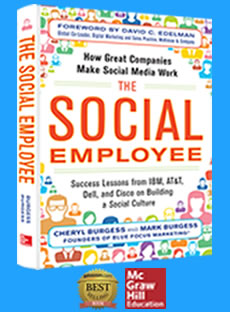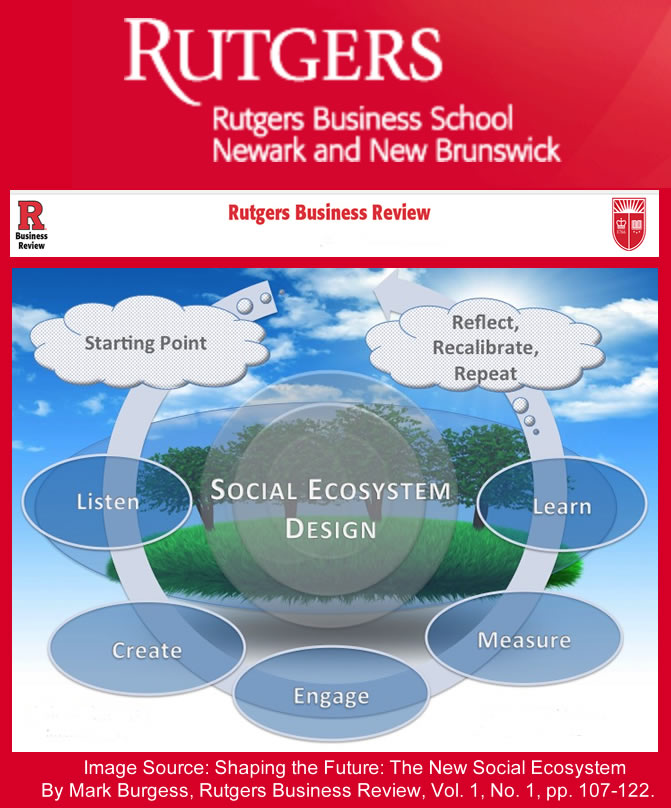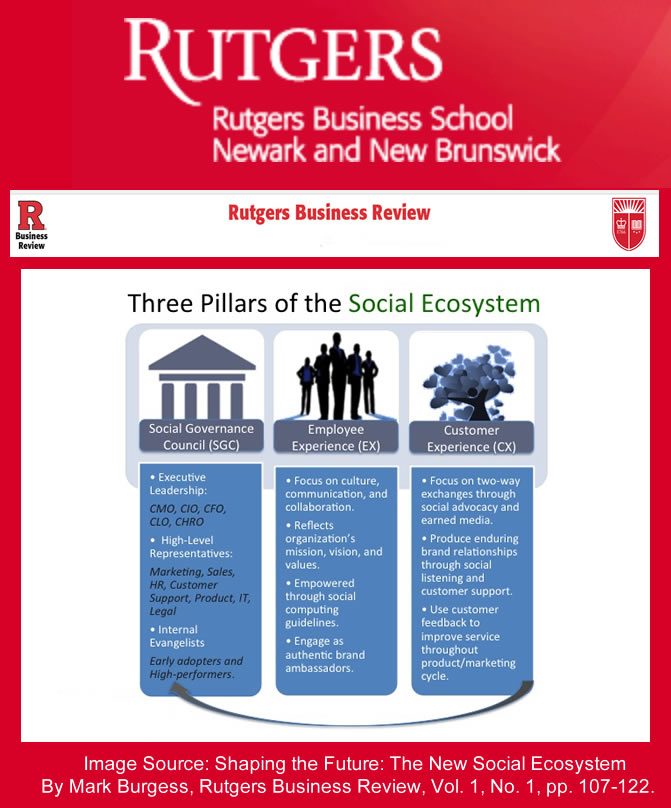As outlets for showcasing your brand’s eminence and personality in the industry, customer-facing platforms for community building are essential for driving brand awareness and engagement. But effective community management can sometimes be a tricky thing. As a community manager, your chief responsibility is ensuring that you provide an environment open enough to celebrate constructive contributions but thick-skinned enough to bounce off the, shall we say, more reductive comments sometimes left by less sophisticated community members.
To achieve that Zen-like balance, let’s explore some of the key elements of community management.
#1: Post your policy and be clear on responsibilities
Depending on the size of your business, community management could involve coordinating a team of other employees, each contributing to the brand through blogs or social posts. Or, if you’re a smaller business, chances are that by championing the brand’s social efforts, you’ve become the de facto community manager. In either case, it’s important for you or your team to have some general guidelines put into place for conduct. After all, a lot of social mishaps occur when we’re caught off guard and react without much consideration. Just a few simple guidelines will ensure that you respond in the best interests of your brand.
#2: Respond to everyone
When managing your community, don’t forget the 90/9/1 rule: 90 percent of your community is just watching, while 9 percent participate occasionally and 1 percent engage frequently. Your responses, however, need to keep everyone in mind. That silent 90 percent may not engage directly, but they may be sharing your content with their own networks. They read the community’s comments and analyze your responses. Make sure you show up to the conversations that you and your posts have started. And make sure to play nice.
#3: Know the big names in your community
While all your responses should be accessible to your audience as a whole, you also have a responsibility to better acquaint yourself with the most prominent members of your community. Do they also operate a blog or social site? What does their extended community look like? From what angle are they approaching your content? Equip yourself with these answers, and show that you’ve done your research when you engage them. By approaching them as social equals and affording them the respect that comes with it, you will demonstrate that not only are their contributions welcome, but that they enrich the quality of conversation in the community.
#4: Be authentic, helpful, and available
The best way to represent your business is to be yourself. This is what social is all about. Social media has a way of magnifying superficial or insincere behaviors, so don’t say or do anything that you wouldn’t feel comfortable saying in person. Further, keep in mind that every comment and reply is another chance to demonstrate the value you bring to your communities. Don’t just respond—push the conversation forward. Part of being helpful is being available—prolonged absences will be noticed. If you’re not going to be around for a little while, either make sure your community knows this, or make sure that you have someone in place to help you out.
#5: Know the difference between moderating and policing
Let’s face it: sometimes other people won’t play nice in your sandbox. Their reasons for doing so can be incredibly varied, and as such it is important to give a little extra care when considering how you respond. Sometimes people will disagree with you, something you wrote, or something you posted. Nothing wrong with that—good debate thrives on dissenting opinions. This is a chance to engage. Encourage the commenter to expand their ideas by asking clarifying questions. If you feel that perhaps you were misunderstood, politely explain this and try again. Some people will have a bone to pick with you and your brand, venting their frustration by attempting to derail your comments thread. Demonstrate your commitment to resolution by reaching out personally. Offer the commenter a private alternative means of continuing the conversation—perhaps through your LinkedIn or Twitter profiles. If a negative commenter persists, gently remind them that this is a public forum where you expect polite engagement. Whatever you do, don’t delete negative comments. Respond to them authentically and professionally to show the rest of your audience that you’re both fair and cool under pressure.
What other policies have you or your brand adopted to better roll with the punches? What other lessons have you learned about community management?
This post was originally published on AT&T’s Networking Exchange Blog.














Excellent post, specifically bullet 4. Too many people don’t understand that one. Today, authenticity is more important than ever :))
Hi Gisela,
Thank you so kindly for your comments.
Best,
Cheryl
As more and more businesses see social media as a community building tool for sales, marketing & customer service, it has become more important for policies and procedures to manage these interactions.
All 5 points were excellent. Thank you for the detailed post.
Hi Sam,
Many thanks for your great comments and kind words.
Best,
Cheryl